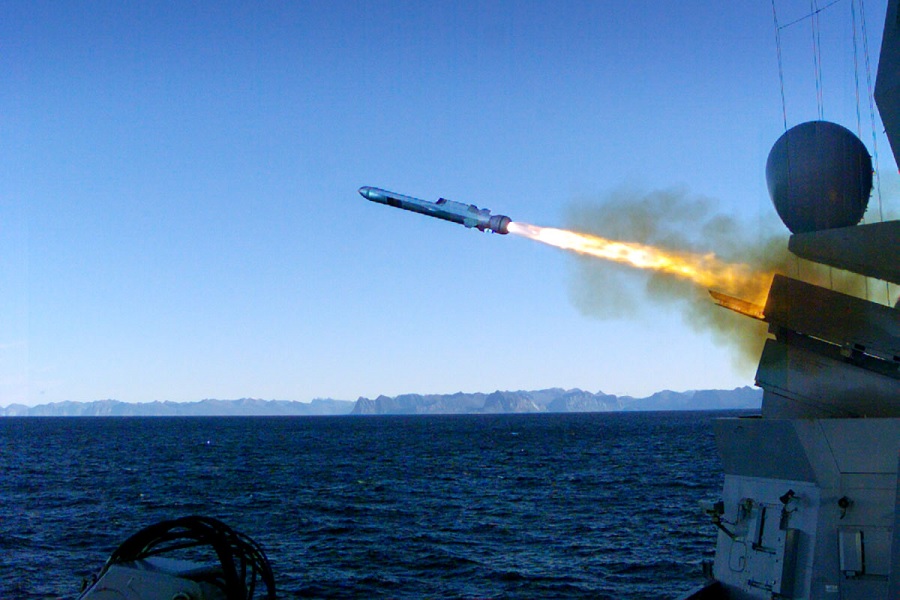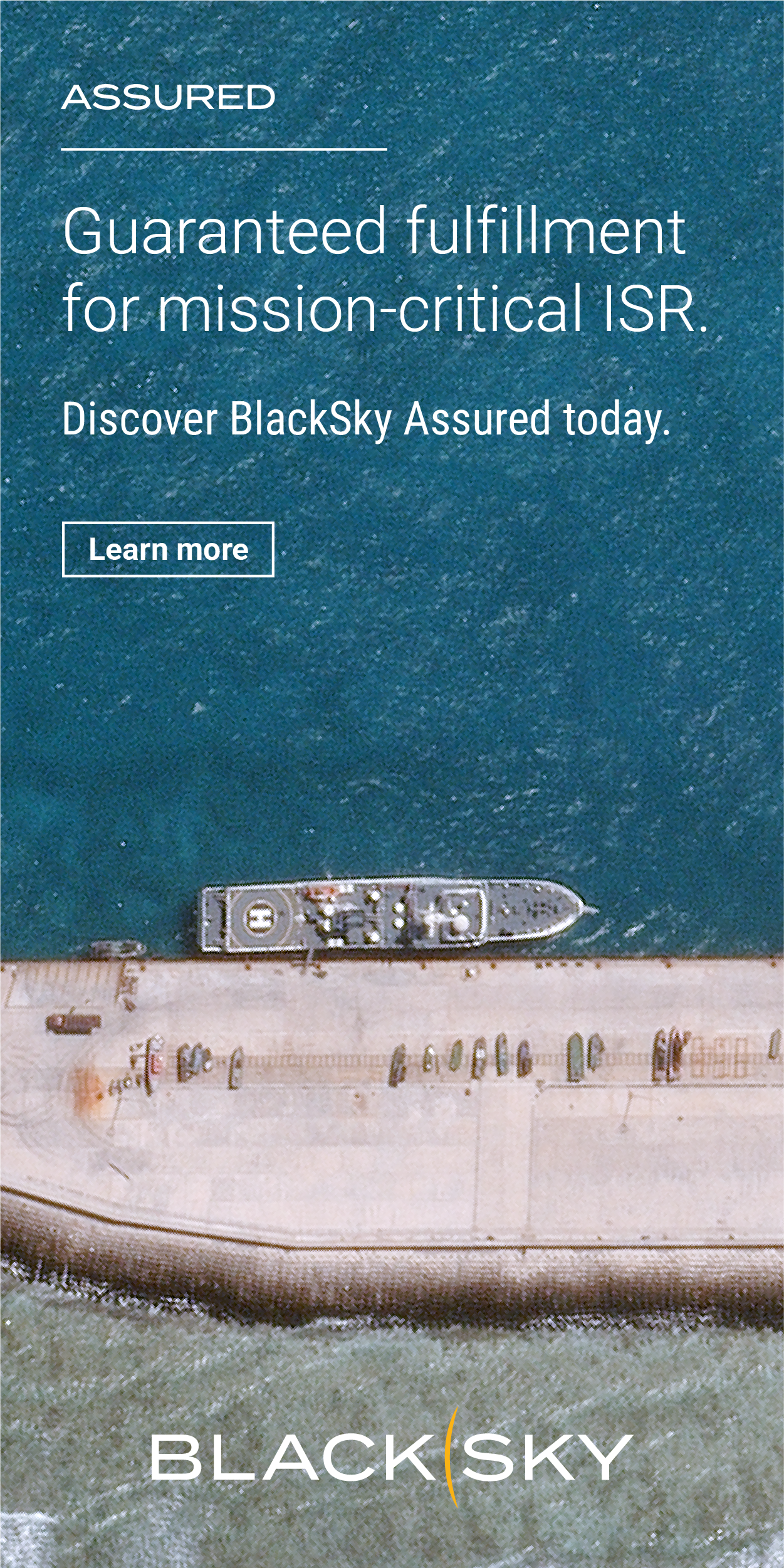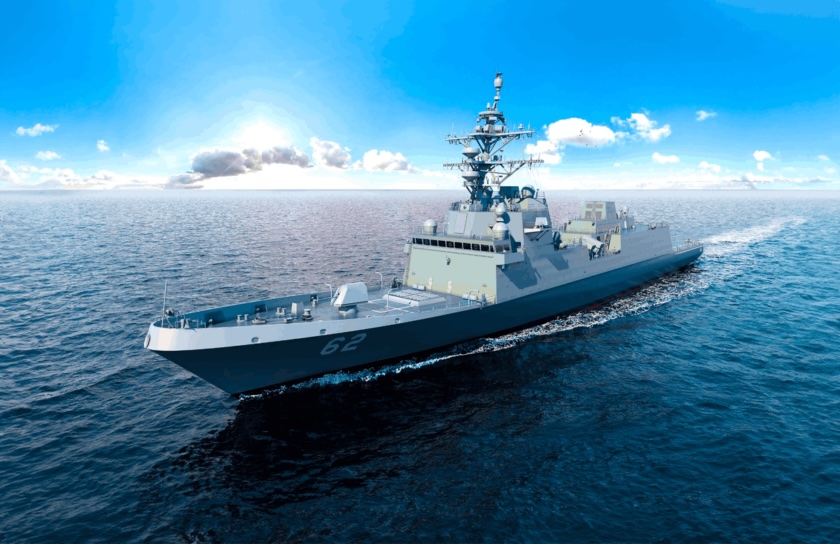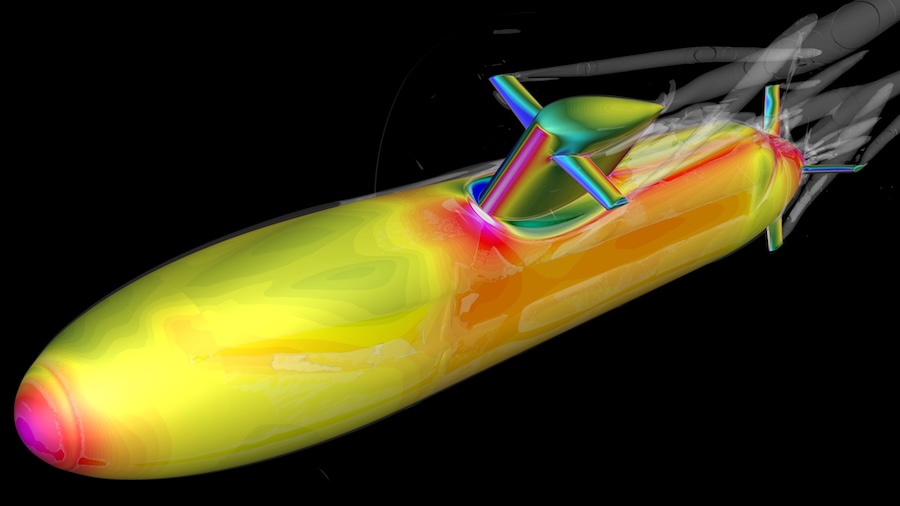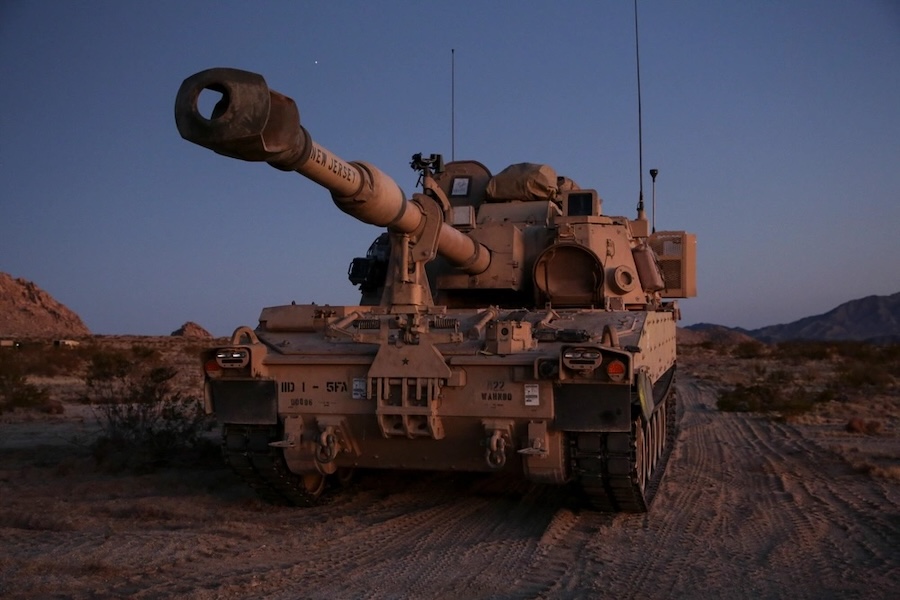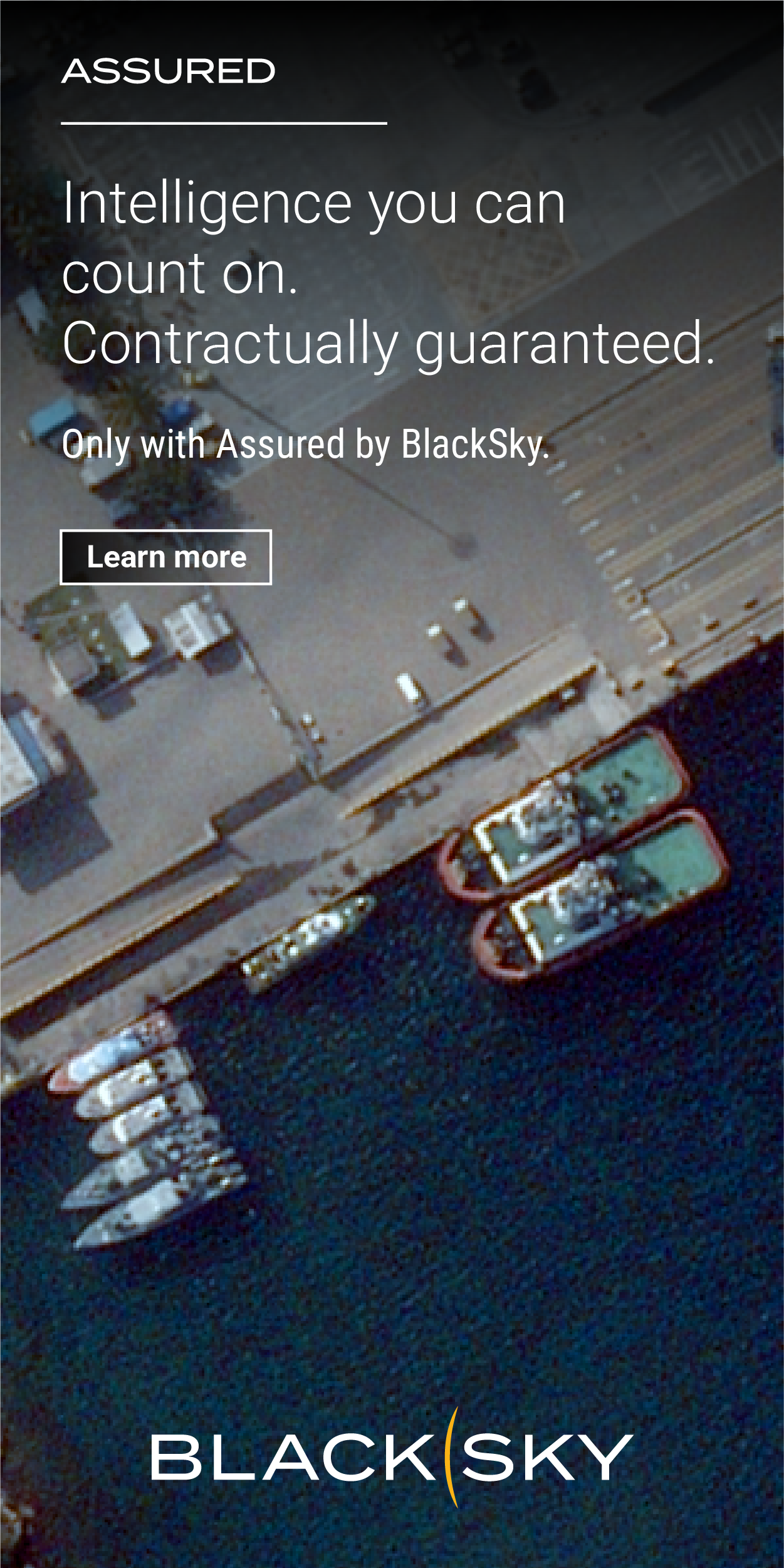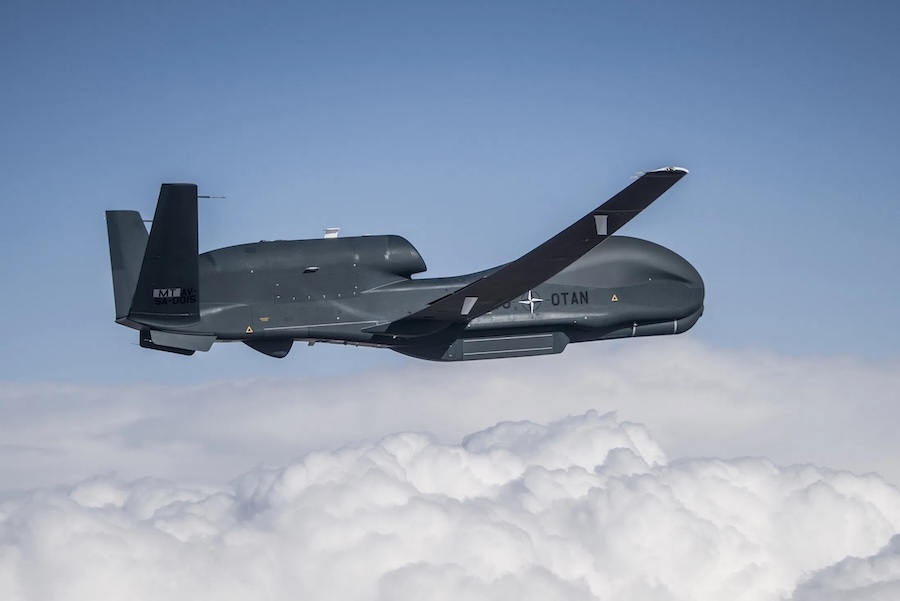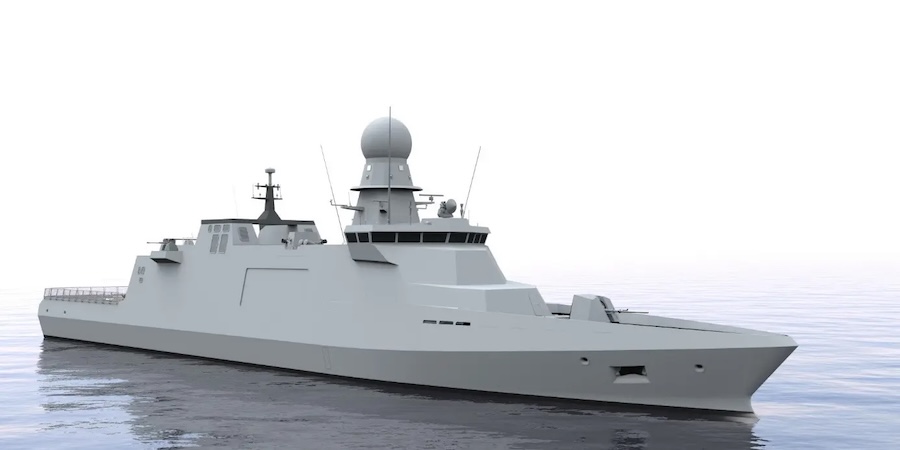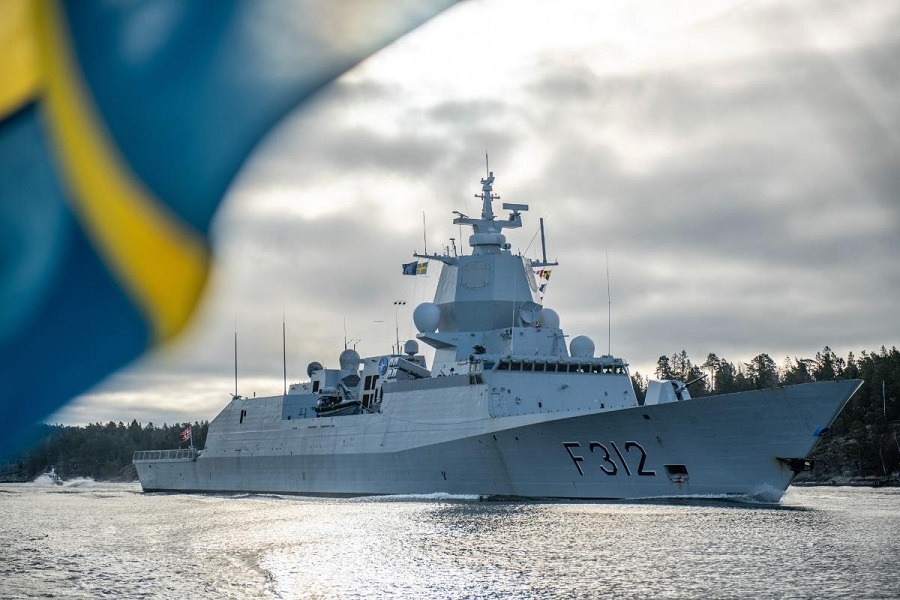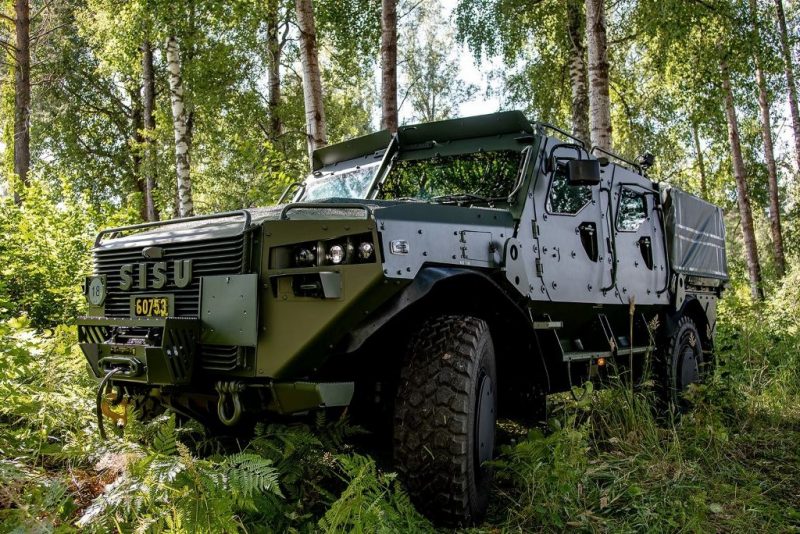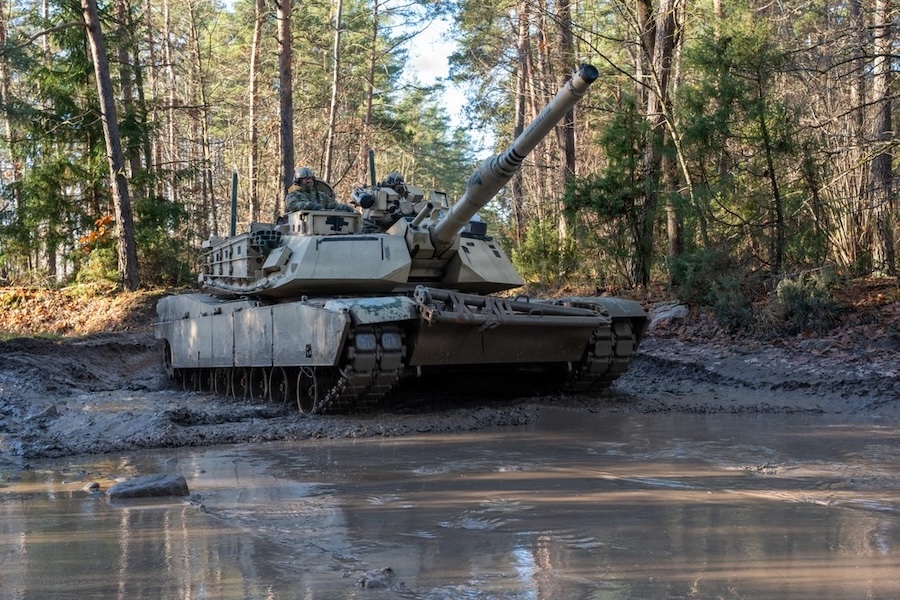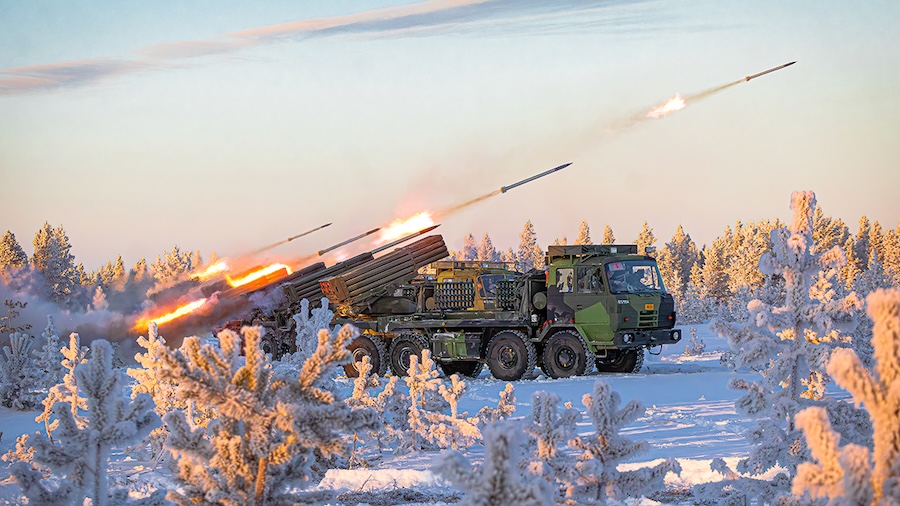The facility will be located at the Williamtown military base in New South Wales, near Newcastle Airport. The decision to create the site was initially announced on 22 August 2024, following plans unveiled mid-last year.
The total investment, estimated at around AUD 850 million, includes not only the plant’s construction but also funding to integrate local industry into the NSM production supply chain. Operations are expected to commence in 2027, marking a significant milestone in Australia’s defence manufacturing capabilities.
The new centre will be the third NSM production and service hub worldwide, following the original in Norway and the second in Poland. Notably, it will be the first facility specifically designed to support the airborne JSM variant.
Minister for Defence Industry, Pat Conroy, welcomed the agreement, stating: “This will create highly skilled jobs in Australia’s defence industry and enhance our sovereign capability to manufacture and maintain guided weapons.” He emphasised the importance of a local, sustainable supply chain to support national defence priorities.
John Fry, General Manager of Kongsberg Defence Australia, added: “This facility will deliver a strategic capability for Australia, working with local industry to build a sustainable and enduring sovereign missile production capability.” He also highlighted the long-term partnership with the Australian Defence Force.
Australia first procured the NSM system in July 2022 to replace ageing U.S.-made missiles, later expanding the acquisition in September 2024 to include the air-launched JSM. During the 2024 RIMPAC multinational exercise, the Royal Australian Navy successfully tested the NSM in a live-fire demonstration.
The missile, launched from the destroyer HMAS Sydney (DDG 42), struck the decommissioned U.S. Navy vessel Tarawa (LHA 1), confirming its operational effectiveness. The exercise demonstrated Australia’s growing precision strike capability at sea.
Developed by Norway’s Kongsberg Defence & Aerospace, the NSM has become one of the world’s most widely adopted anti-ship missiles. As of March 2025, it has been selected by 14 countries, including the United States, United Kingdom, Germany, Poland, and Canada.




